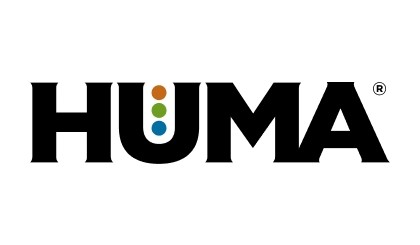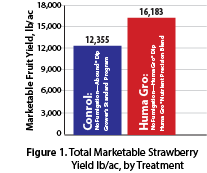By Heather Jennings, PE

From the ground up, this effort entails working with “as-built” documentation (documentation of the completed final construction outcomes, compared with the original construction plans) of lines and system assets, possibly even performing an audit of the water system assets. System audits require someone to go out into the field to compare as-builts documentation with existing assets, reading faded pump numbers, and finding out what in the world happened to the old “valving” system. Sometimes it requires sending out a team to video the conditions of the major distribution lines. Simply put, it takes a lot of time and a lot of investigation with the operators to understand the existing system assets and their status.
Sometimes these data are pulled into a GIS format that allows the system owner and engineers to evaluate whole systems at a time. From this, a model can be developed for the larger portions of the system. All of these data allow for better system analysis.
Asset analysis helps to identify pressing water infrastructure needs. Benefits of this analysis include identifying what lengths of piping need to be rehabbed immediately and what can wait for a few years. It allows predictions of asset aging and forecasting of future costs to address the aging infrastructure. It consolidates and prioritizes opportunities and allows time to capitalize on smart alternatives that support future initiatives. Such detailed information can save owners thousands if not millions of dollars in costs that can arise from poorly developed designs.
Analyzing for future environmental impacts can be completed as well. There’s nothing worse than to find out that your capital improvements cross into lands reserved for endangered species after the trenches have been dug! As Benjamin Franklin once said, “An ounce of prevention is worth a pound of cure.”
Finally, developing a master plan can also help with development of capital improvement plans and capital works procurement strategies. These plans can include budgets and financing programs for capital investments that focus on capital, operation, and maintenance costs. The plan should also include how to generate an affordable revenue stream via user fees, etc.
In summary, from the beginning a lot of work goes into developing water master plans but, in the end, it provides high-level as well as detailed information on water systems. It identifies aging infrastructure as well as makes timeline recommendations for asset repair or necessary capital improvements. It allows owners to develop financial and procurement plans as well as identify environmental impacts that bring their own costs. Now, that’s a document worth spending money on!
Related Posts

How to Reduce SVI and Foam in Activated Sludge Plants
In this short video, Shawn Whitmer, PE, discusses how foam and settling caused by filamentous bacteria can create problems for municipal activated sludge wastewater treatment plants. Our Probiotic Solutions® liquid stimulant product, Bio Genesis®, can help facilities take a bioremediation approach to improve treatment performance; reduce foam, SVI, sludge, and FOG; and decrease energy costs.

Univ. of Calif.: Huma Gro® Increases Strawberry Yields 30%
Huma Gro® Ultra-Precision™ Blend Plus Root Dip Increases Strawberry Yields 30%, Univ. of Calif. Conducted by: Surendra K. Dara, PhD, University of California Huma Gro® Products: Ultra-Precision™ Blend; plus root dip of Breakout®, Promax®, Vitol®, and Zap® OBJECTIVE The purpose of this research project was to evaluate how a special blend of fertilizer solution and...

Reniform Nematodes: A Hidden Menace in Modern Agriculture
By Mojtaba Zaifnejad, Ph.D.Sr. Director of Field Research and Technical Services,Huma, Inc. In my previous article on nematodes, I described the general topic of nonparasitic and parasitic nematodes. In this segment the focus will be on a specific plant parasitic nematode – Reniform nematodes (Rotylenchulus reniformis). We will delve into the intriguing world of reniform...

